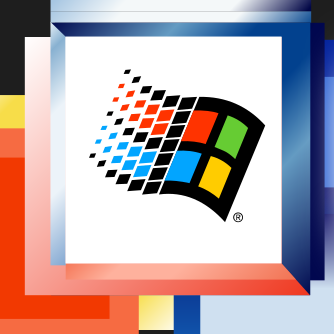This is part of a comment I left on a video about Windows 10. It seems like it should be here as well. It’s been modified for better presentation.
The Windows 2000 user interface was better than all that followed. Some improvements were made in each successive version but Windows 7 was the last one where the few bad UI change decisions could be easily worked around and adjusted to by users. Everything UI went straight to hell after Windows 7. The Charm bar is dead in 10 because it was an extremely poor UI decision from the get-go.
- “Tablet Mode” on 10 is worse ON TABLETS than “normal” mode.
- The “flat” design scheme with monochromatic ambiguous icons is more difficult for the human eye to scan and recognize.
- A lack of borders, shadows, 3D edges, etc. makes UI elements mush together. Low contrast between UI elements greatly exacerbates the flat design issues.
- Retracting Modern scrollbars are extremely annoying to use and greatly slow down anyone trying to use such scroll bars.
- Removing the 3D appearance and dark borders from normal scrollbars and reducing the contrast between scrollbar buttons and the bar itself have made normal scrollbars much slower to use for experts and nearly impossible for novices.
- The schizophrenic Control Panel/Settings dichotomy can only be described as a disaster, with every build of Windows 10 changing the names of categories, adding new ones, making Control Panel items kick over to Settings panels instead of doing what they’re supposed to do, moving settings around with no educational hints as to where the settings have moved to, etc.
- There are no hints to educate users about how to use the system, what changes have been made, what features are available.
- There is no longer any form of offline help available to learn about the system.
- Things that can be clicked often don’t look clickable and vice-versa.
- Things that can be dragged now have zero visual indication that they can be dragged; there are no drag handles on the Start menu edges and no border frames on scalable Modern program windows, for example.
Windows 10 is objectively a terrible user interface. People succeed in spite of it, not because of it.
